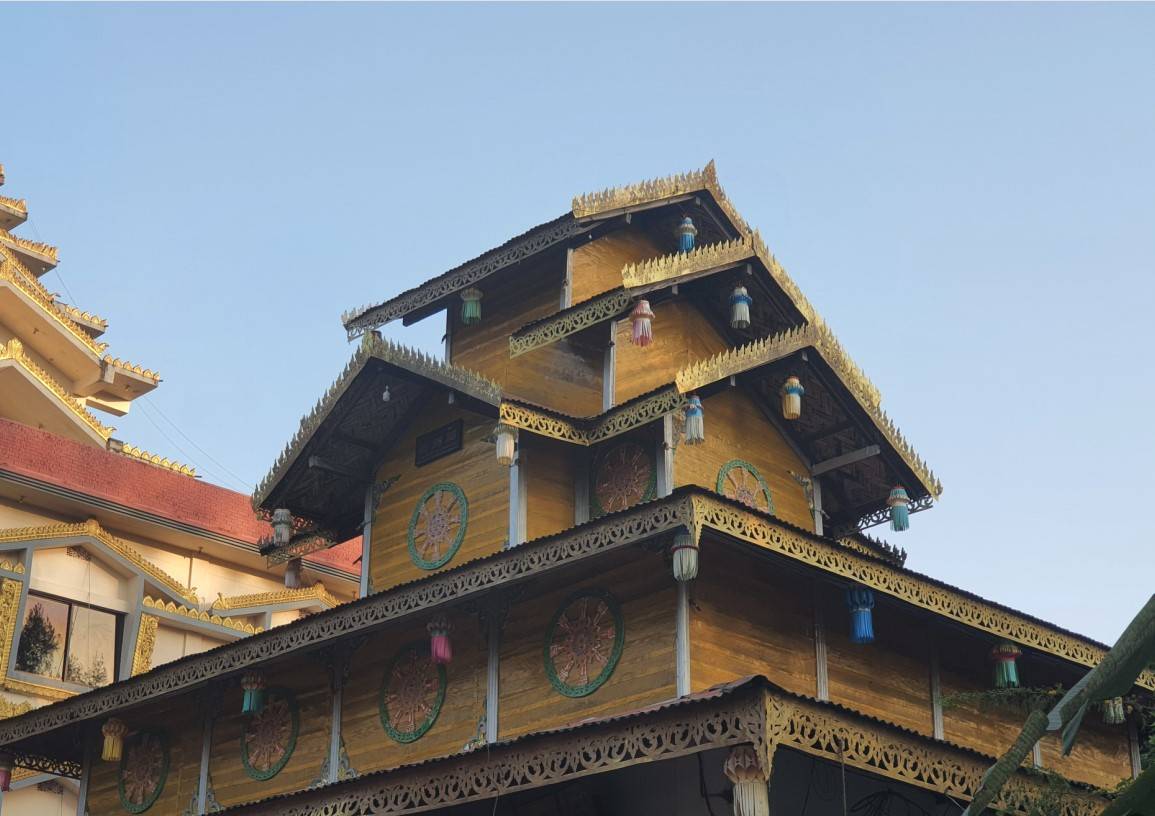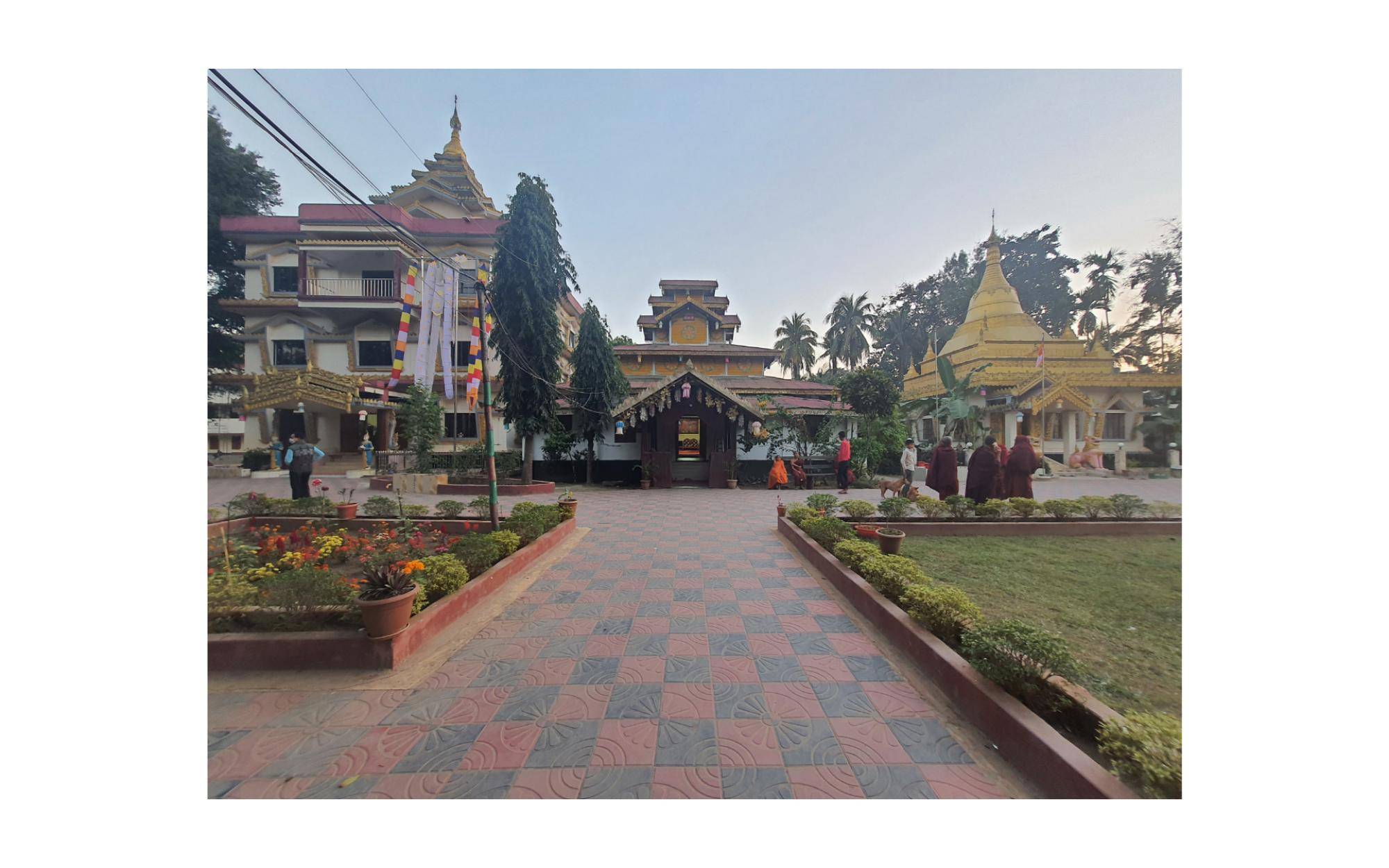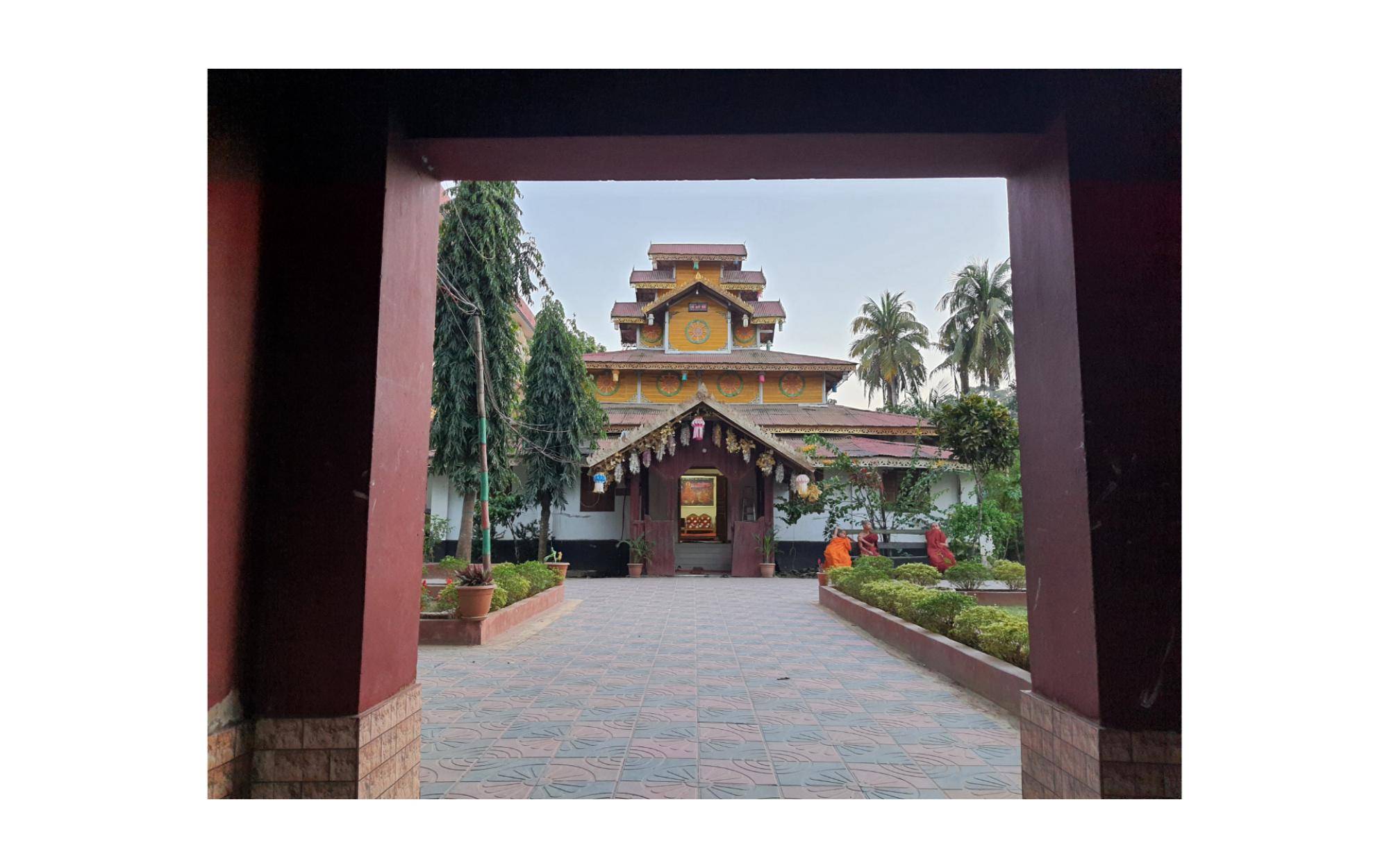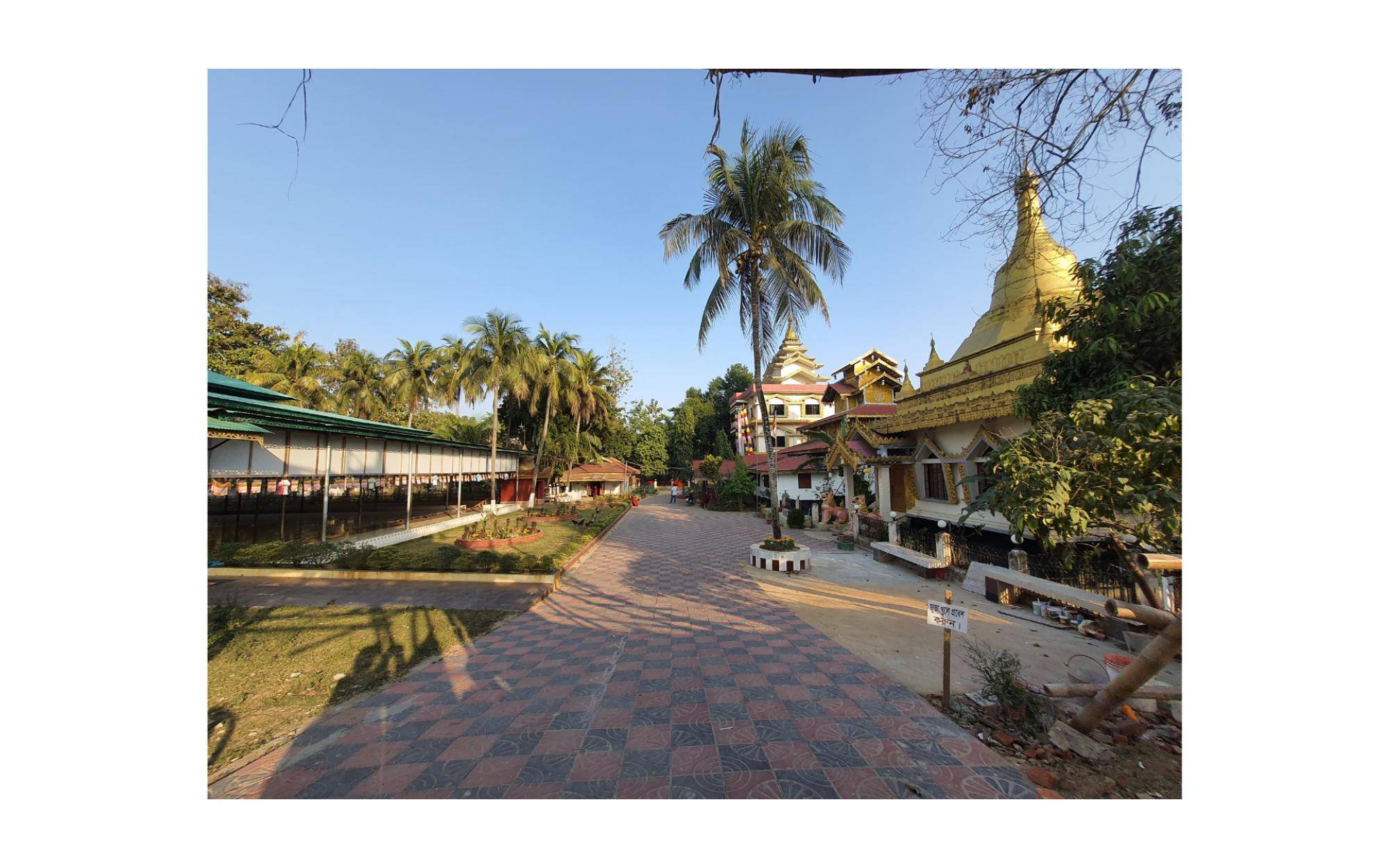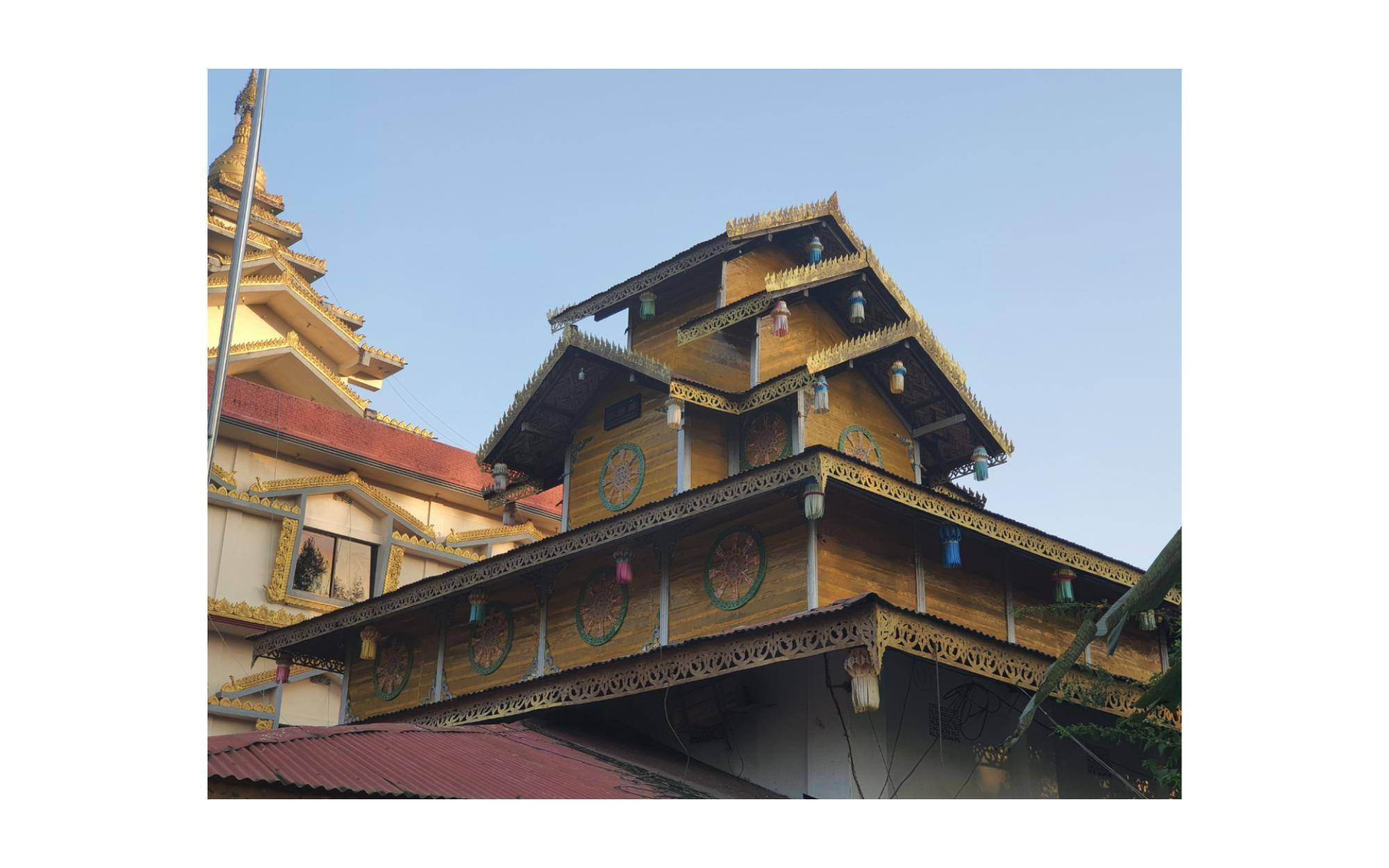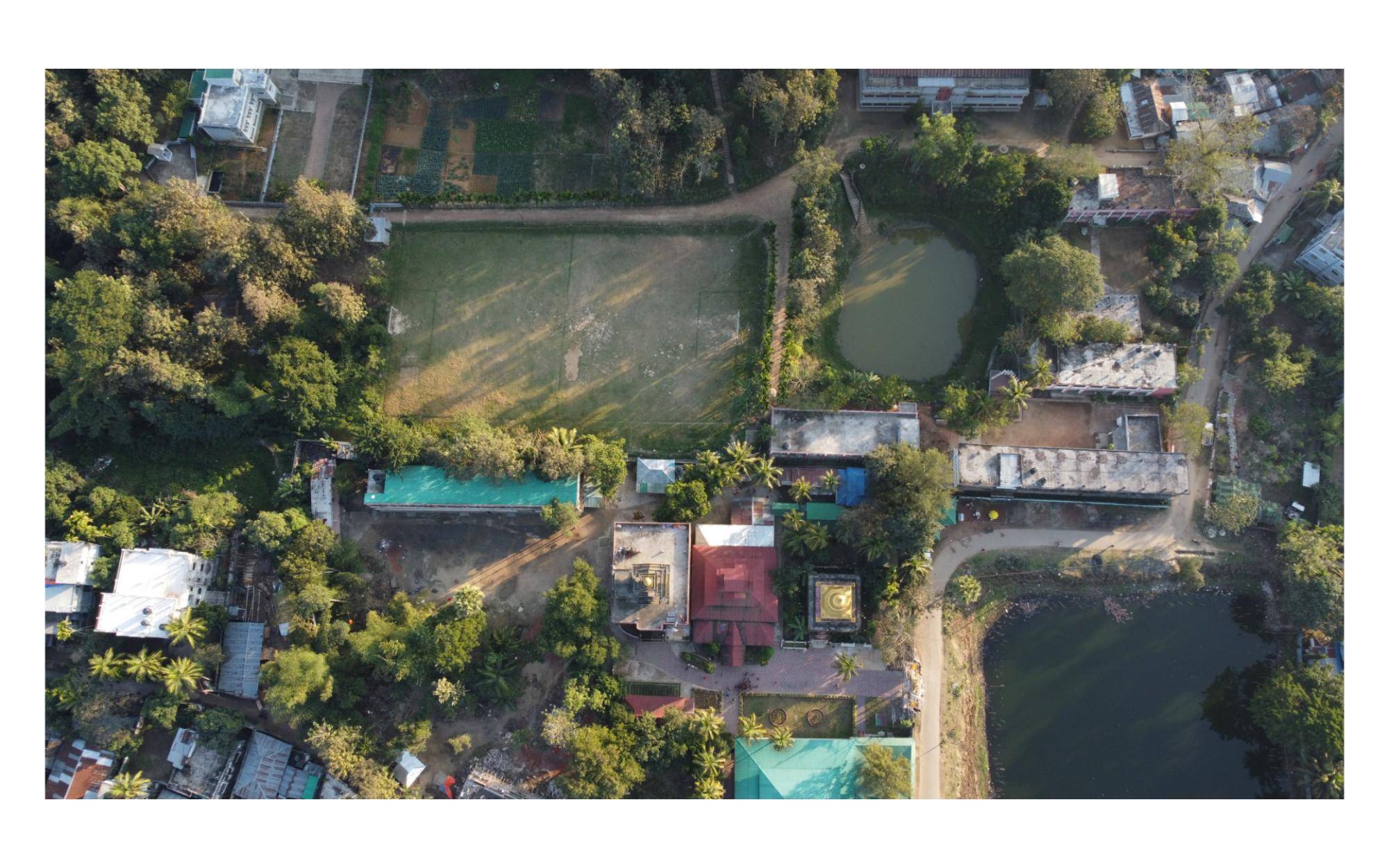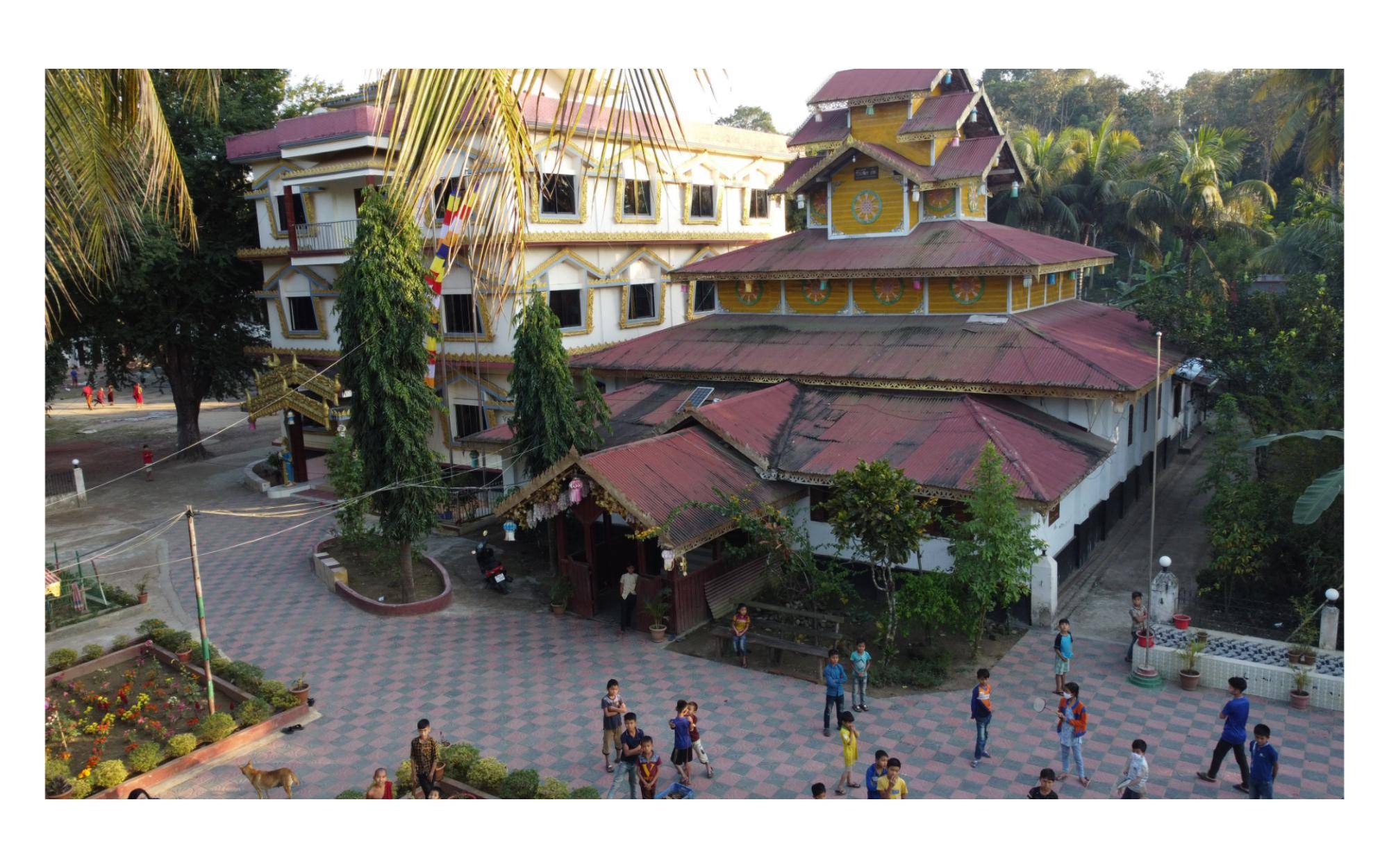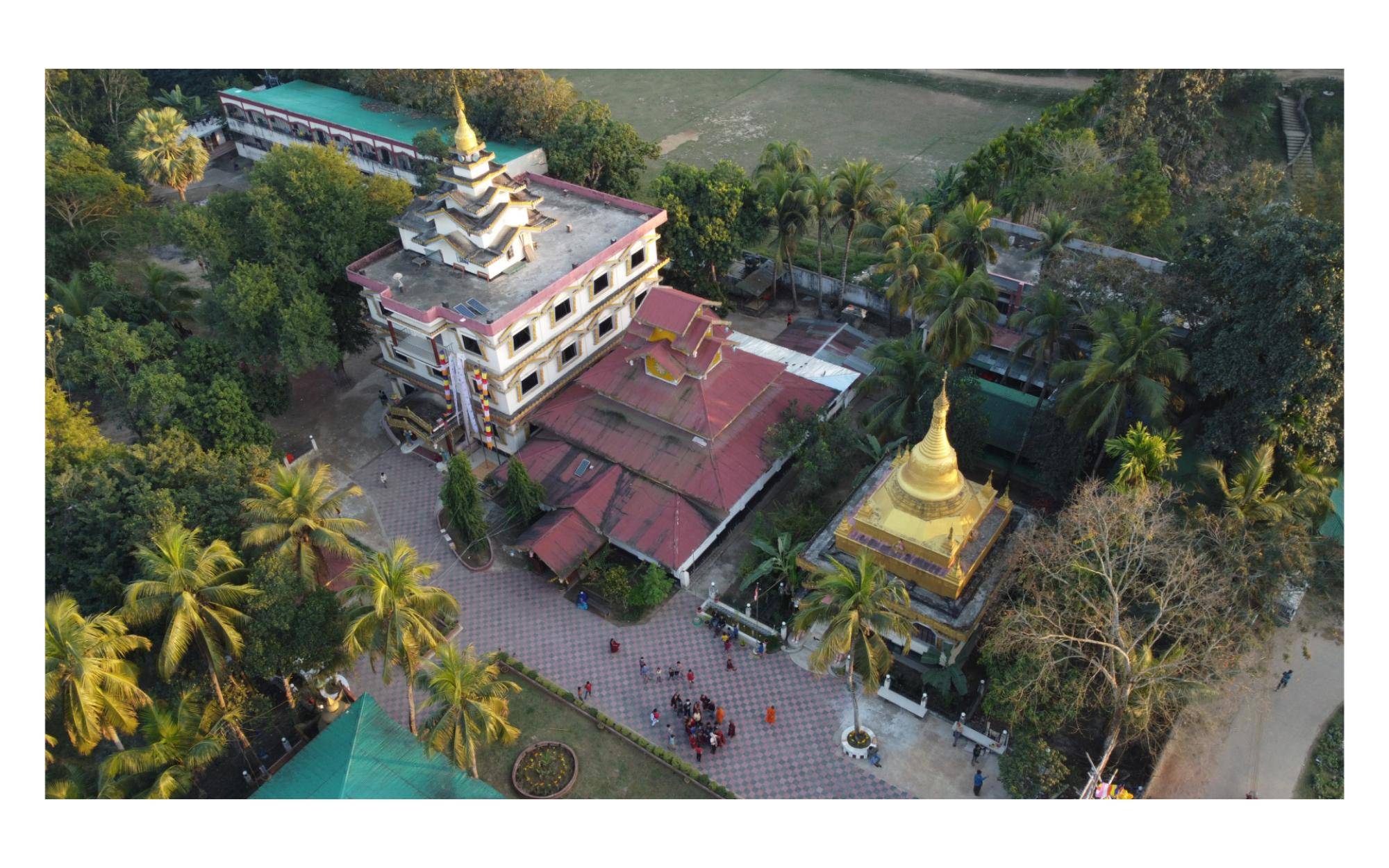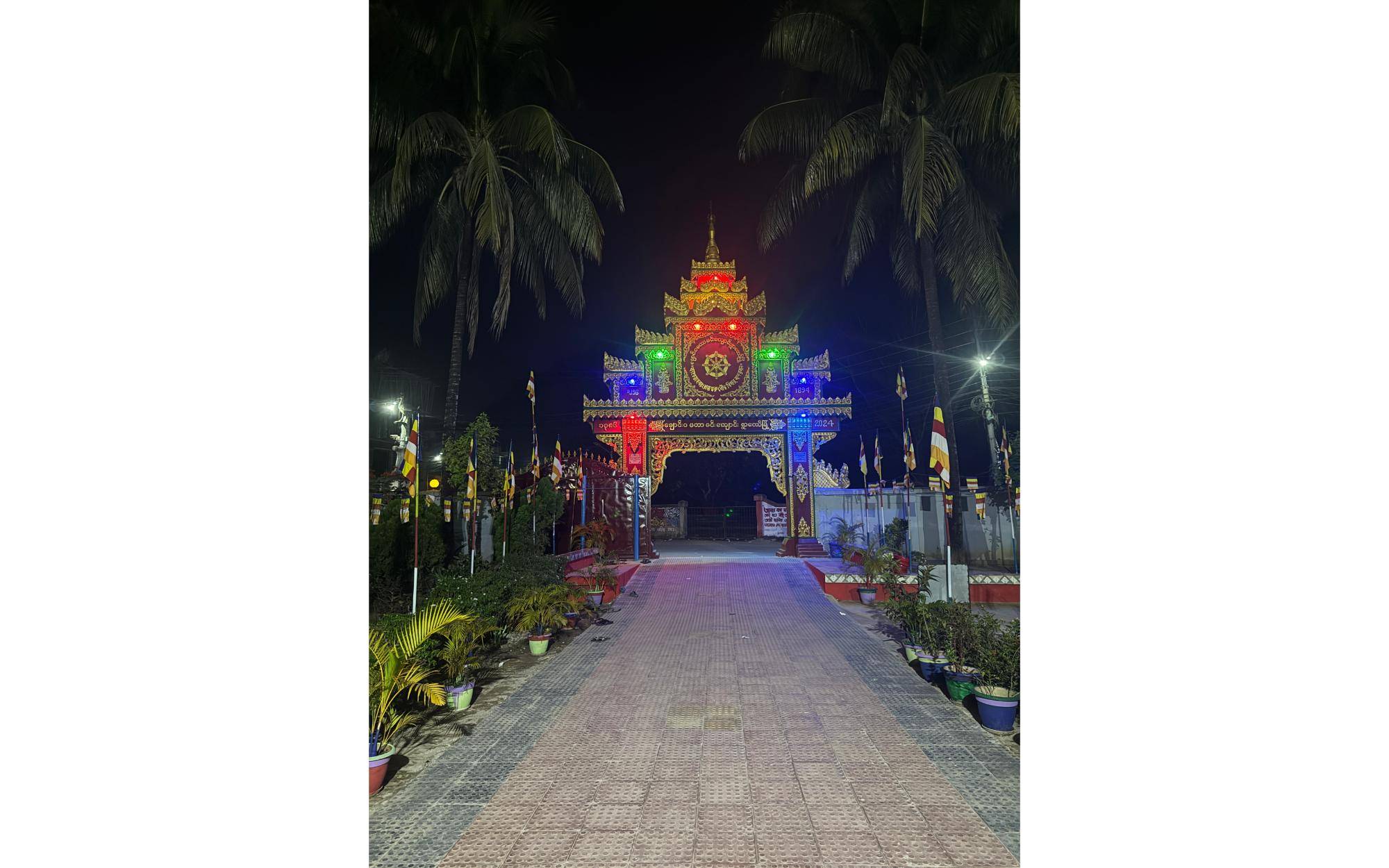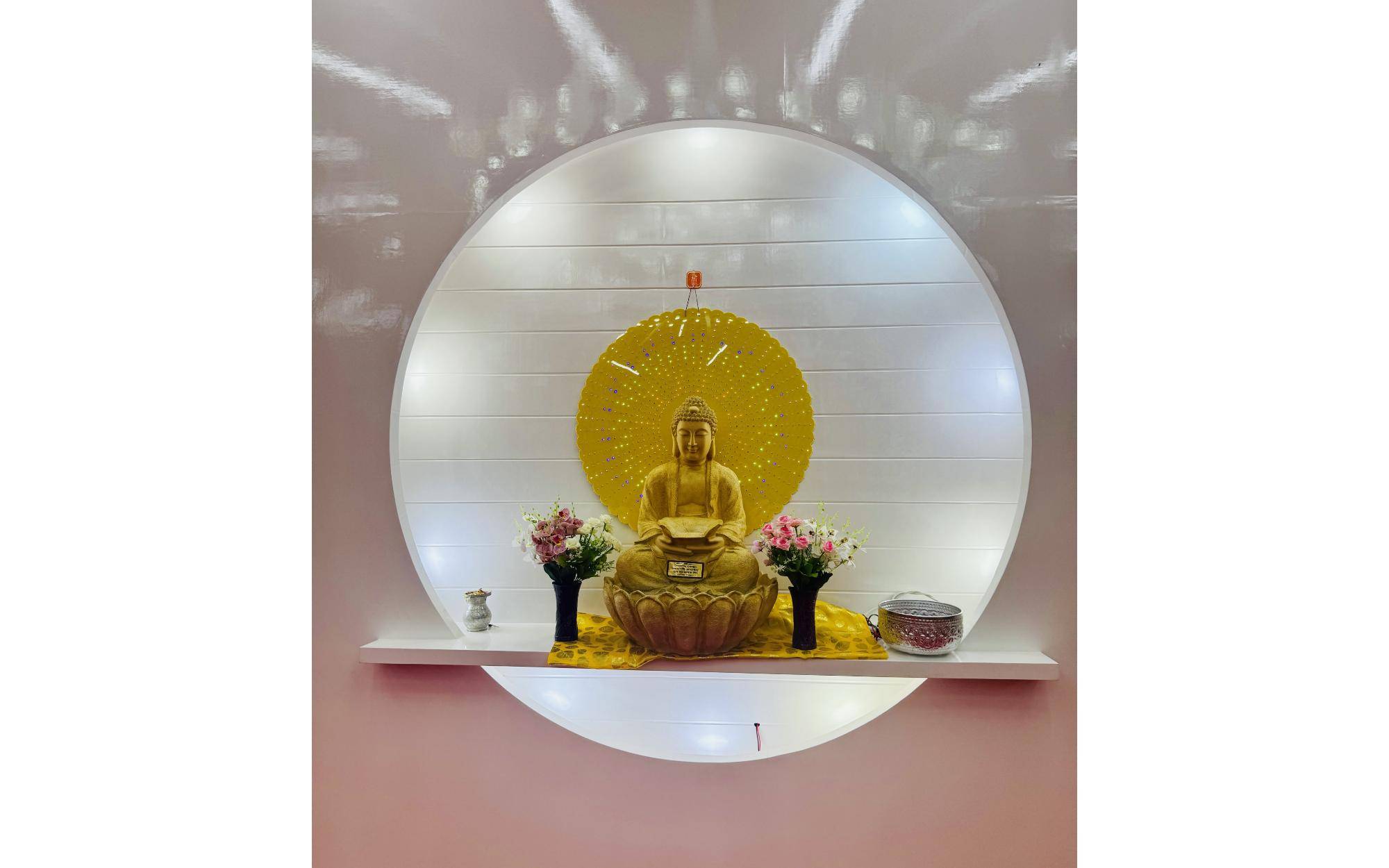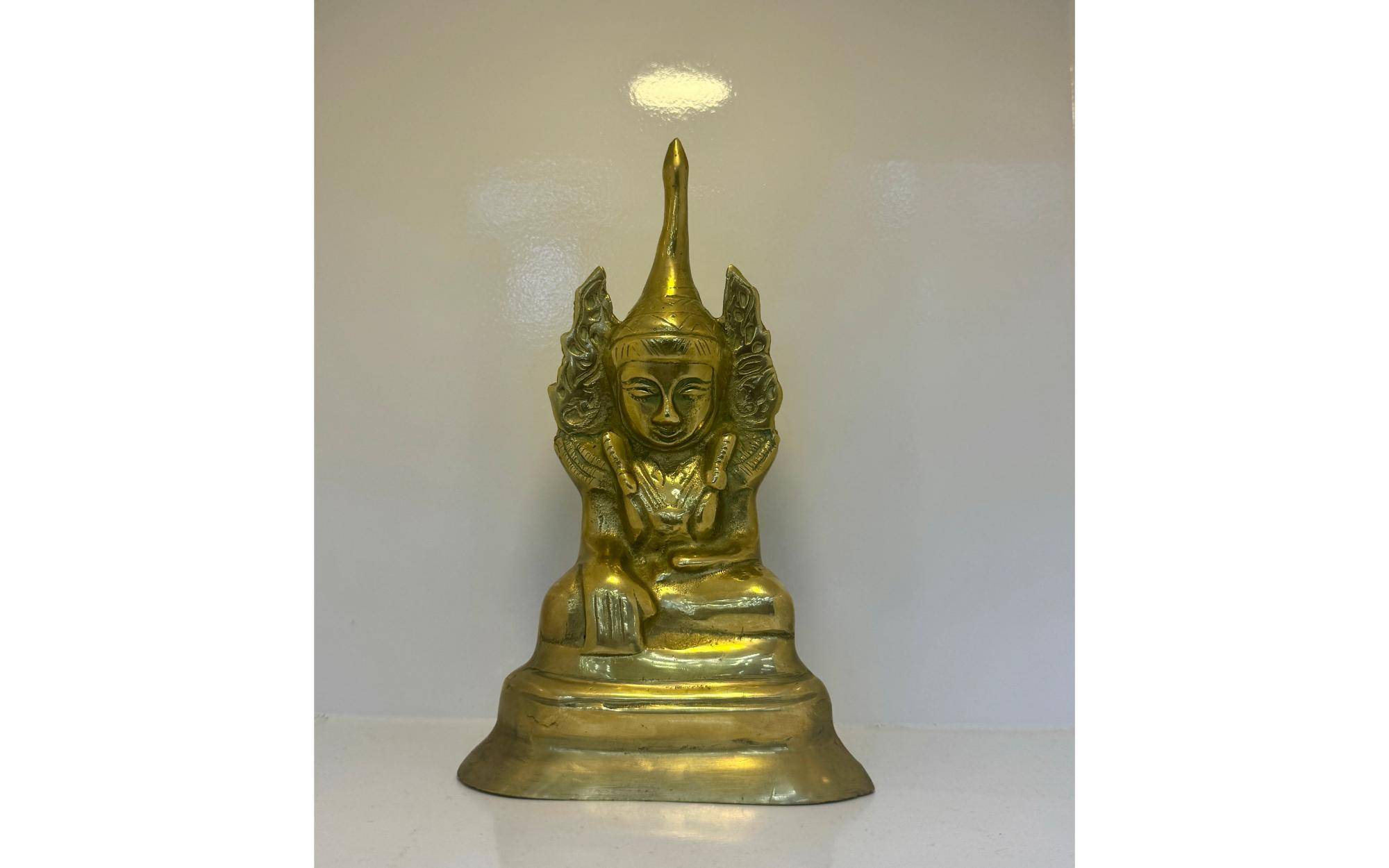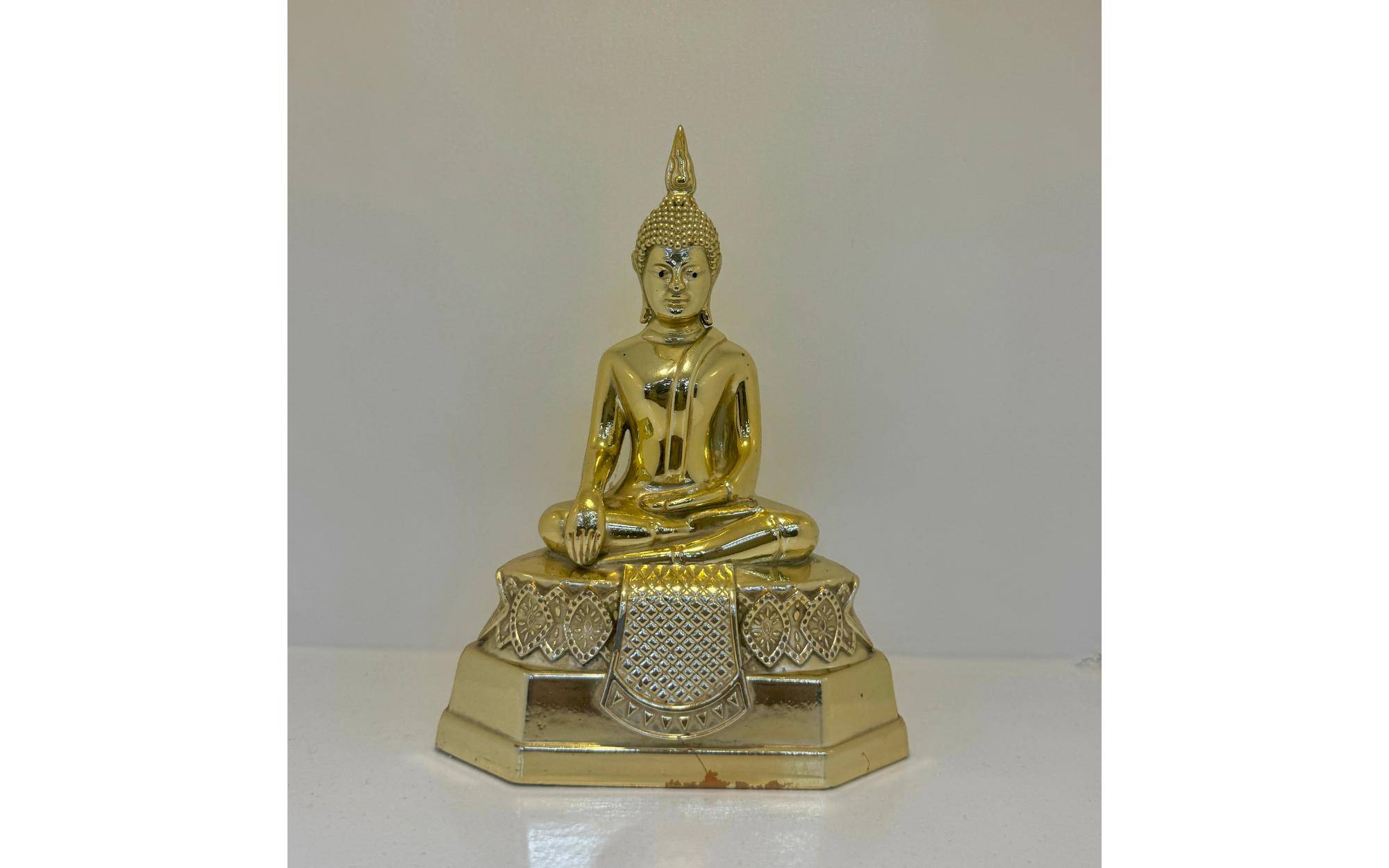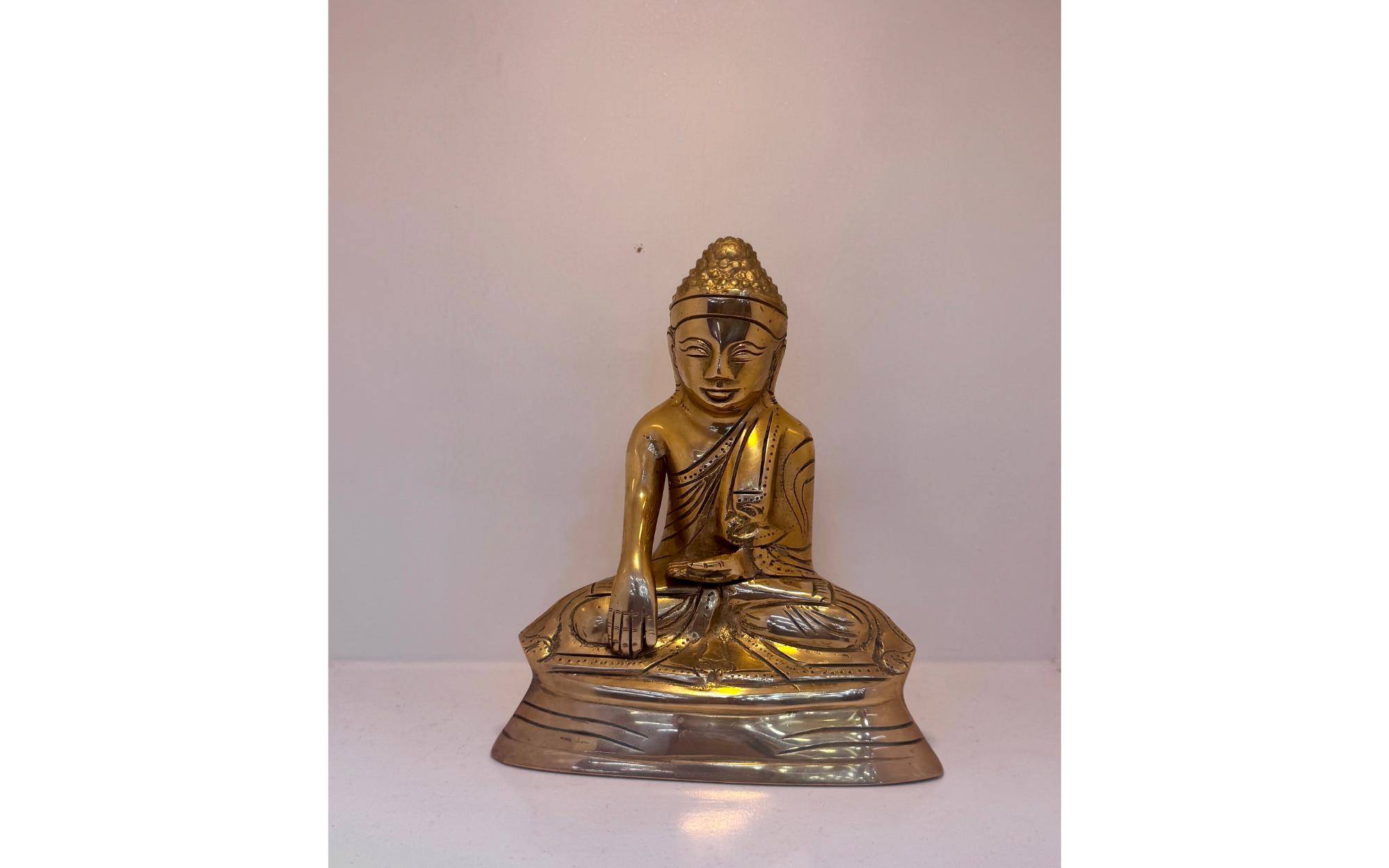Ujanipara Buddha Vihar
Ujanipara Buddha Vihar, Bandarban
Ujanipara Buddha Vihar is a significant religious and cultural landmark located in Bandarban, a hill district in southeastern Bangladesh. It is a sacred Buddhist monastery that serves as a center of spiritual practices, religious education, and community life for the local Marma and other indigenous Buddhist communities. The vihar is nestled in the tranquil hills of Ujanipara village and reflects traditional Buddhist architecture, serene surroundings, and the rich cultural heritage of the hill tracts. Documentation on Ujanipara Buddha Vihar is limited, with most historical knowledge preserved orally. Efforts to maintain the site likely involve local custodians and religious leaders, highlighting its importance as a cultural heritage asset amid modernization pressures.Ujanipara Buddha Vihar stands as a testament to the spiritual and cultural resilience of Bandarban’s Buddhist community. Its history, though not extensively recorded, is woven into the broader narrative of the Marma people and their enduring Buddhist traditions in the CHT. The vihar remains a beacon of peace and cultural identity in this ethnically diverse region.
History
Ujanipara Buddha Vihar is a quiet gem in Bandarban — not flashy, but deeply rooted in the everyday spiritual life of its community. For travelers interested in culture, religion, or just a peaceful place to sit and breathe, it’s well worth a visit. It offers insight into the region’s Buddhist traditions and provides a calm pause amid the scenic beauty of the Chittagong Hill Tracts.
Situated in Bandarban Sadar Upazila, Ujanipara Buddha Vihar is one of the prominent Buddhist monasteries in the region. The term "kyang" reflects the local dialect, emphasizing the monastery's deep-rooted connection with the indigenous communities of the Chittagong Hill Tracts. These communities, including the Marma, Chakma, and others, have preserved their traditions and religious practices for generations, with the Vihar playing a central role in their spiritual lives.
Architecture
Ujanipara Buddha Vihar – A Quiet Spiritual Retreat in Bandarban
The architecture of the vihar is modest but meaningful. It usually consists of a prayer hall, monk quarters, and a small garden or courtyard. Inside the main prayer hall, there is typically a Buddha statue at the center, often golden in color and sitting in a meditative posture. The walls may be decorated with murals or paintings that depict scenes from the life of the Buddha.
While it doesn’t feature the grandeur of some larger monasteries, the Ujanipara Buddha Vihar carries a charm of authenticity and simplicity. The atmosphere here is more intimate, which allows for a closer connection with the spiritual life of the local community.
General Architectural Features:
-
Monastic Layout: Traditional Buddhist Vihars often feature a central hall surrounded by small cells for monks, a design seen in ancient sites like the Somapura Mahavihara.
-
Stupa or Shrine: A central shrine or stupa is typically present, serving as a focal point for worship.
-
Use of Local Materials: Construction often utilizes locally sourced materials, with brick and stone being common in the region's historical Buddhist structures.

